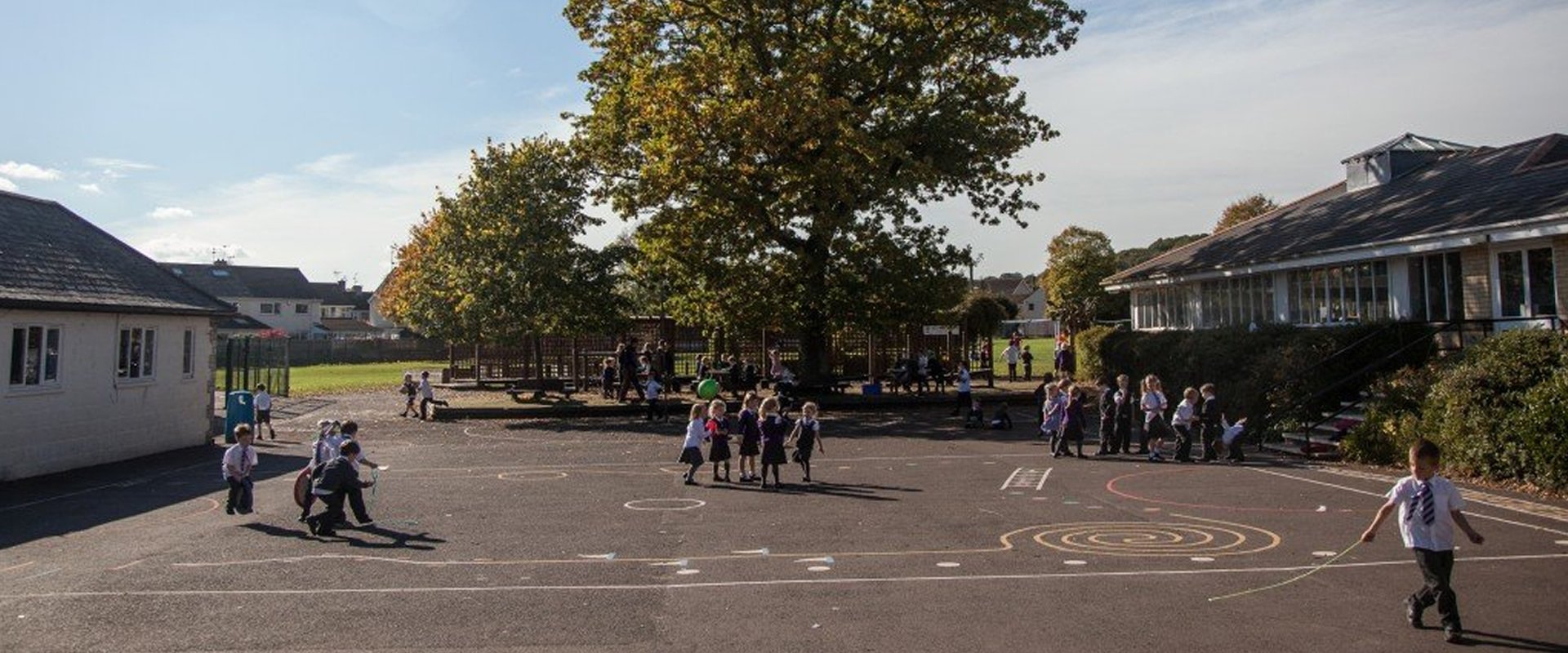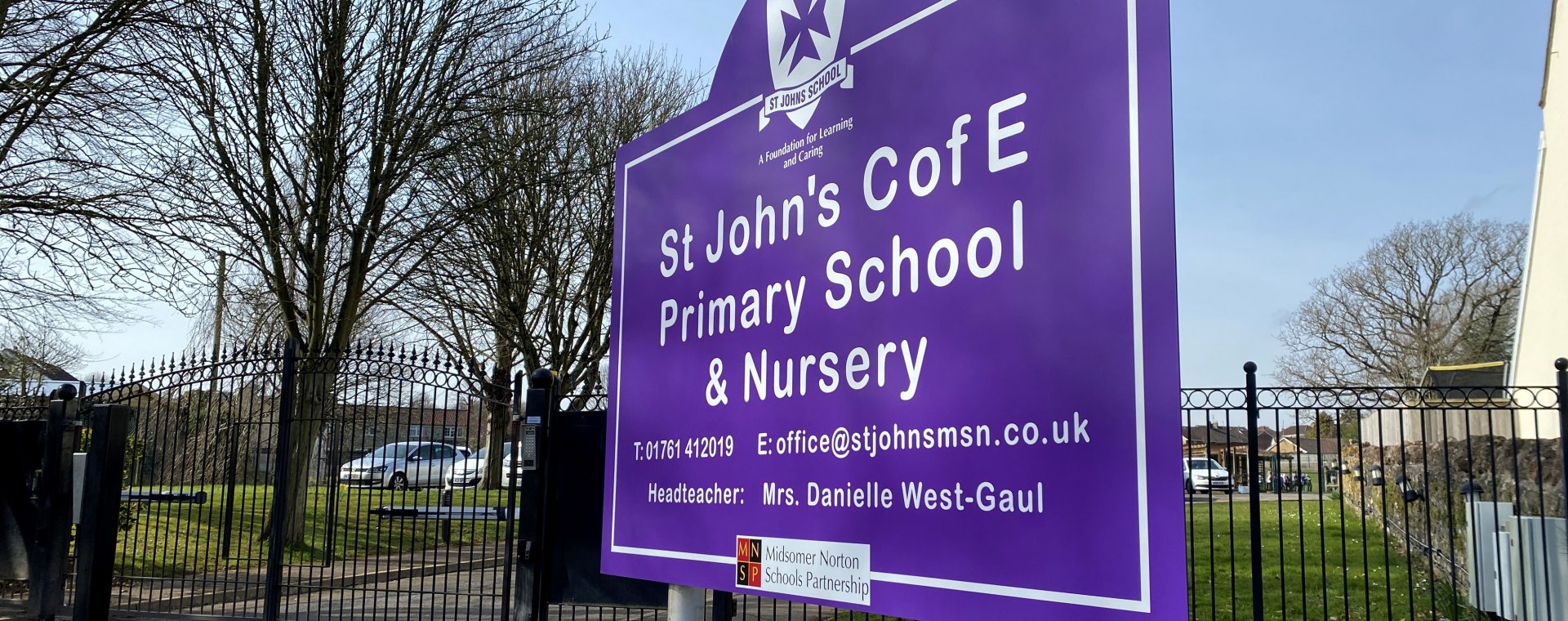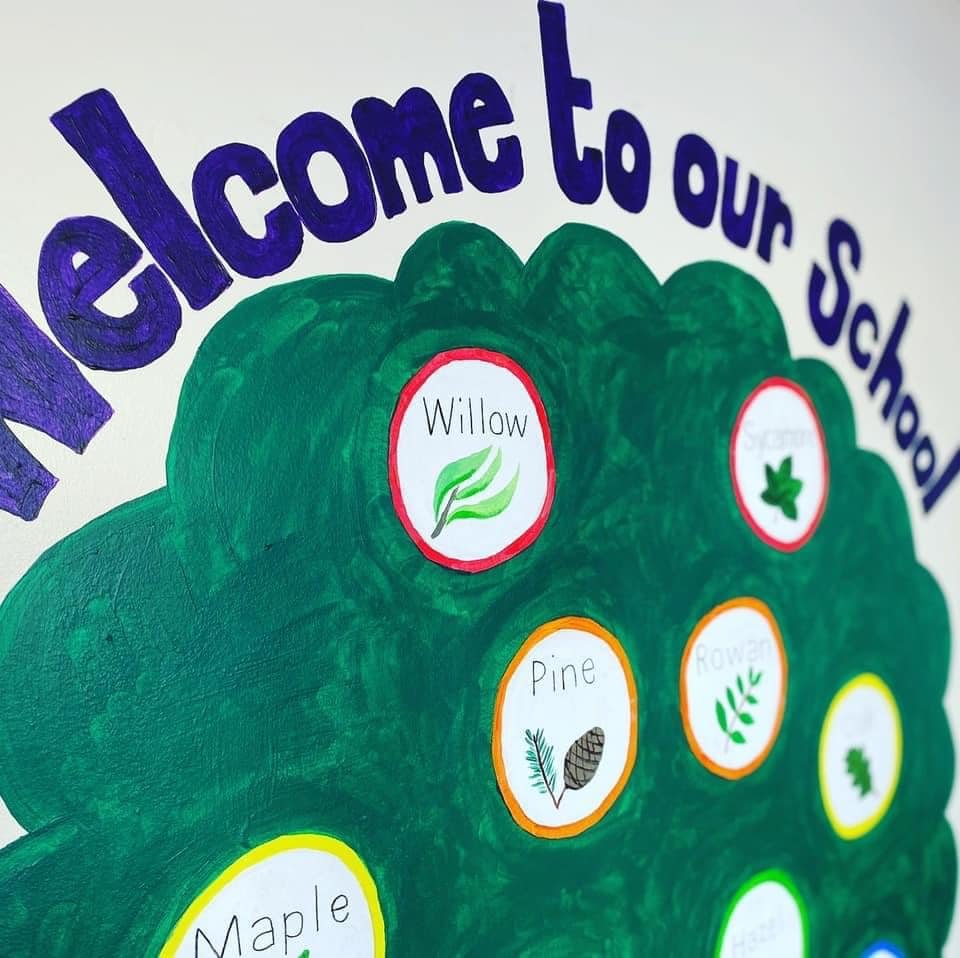Phonics is a way of teaching children to read and spell by segmenting (breaking words into individual sounds) and blending (merging sounds together) to create a word.
At St John’s C of E Primary School we follow the Little Wandle Revised Letters and Sounds programme of teaching. The programme is split into 5 phases that systematically build on skills and knowledge of previous learning - your child's teacher will be able to tell you which phase your child is currently working on.
Children throughout Reception and Key stage 1 take part in daily phonics sessions lasting between 15 and 40 minutes (depending on stage). These sessions focus on key reading skills such as decoding to read words, and segmenting the sounds in a given word to spell. During Phonics lessons we also teach children to read and write ‘Tricky Words’. These are words that have a ‘tricky part’ and are not fully decodable.
If you require any further support, please come into school and speak with your child's class teacher or our Phonics Subject Leader, Miss Jones.
Key terms we use in our teaching:
Digraph – two letters make one sound (e.g. sh, ch, ai, ea, ou, ow).
Trigraph – three letters make one sound (e.g. igh, ear, air, ure).
Split digraph – two letters make one sound but the letters have been split apart by another letter (i_e, a_e, o_e, e_e, u_e).
Phoneme – a single unit of sound (e.g. s, t, I, m).
Grapheme – a written letter, or group of letters that represent a sound.
Consonants – b, c, d, f, g, h, j, k, l, m, n, p, q, r, s, t, v, w, x, y, z
Vowels – a, e, i, o, u
Blend – to merge the sounds together to make a word (e.g. the sounds d-o-g are blended to the word ‘dog’.)
Segment – to break down the word into its individual sounds to spell (e.g. cat can be segmented into the sounds c-a-t.).
How you can help at home
1. Reading every night at home with your child
Your child will bring home a phonetically decodable book at their reading level. Your child should be able to read these books on their own with at least 95% accuracy. Encourage your child to read and re-read these books over again in order to build up fluency when reading. Talk about what has been read in order to develop your child’s understanding of the text.
2. Practise reading, writing and spelling tricky words
If children know these they are more likely to gain speed and fluency in their reading.
3. Helping your child to practise their handwriting and letter formation.
It is important children are forming their letters the correct way round in order to join their handwriting later on. Your child’s teacher can provide you with a letter formation guide to support at home.





